By Howard Levitt
Howard Levitt: Toxic bosses come in many varieties, including false promises and playing favourites
Last Saturday I discussed employees from hell and what employers should do in response. Naturally, I am turning this week to toxic bosses in their many varieties:
1. Weaponizing investigations
This year, more than any before, employers learned that investigators could be used not to find out what really happened in a workplace incident, but to build a case against an employee they want to fire. As I see it, this approach has become the norm.
While the employee is humiliated by the interrogation and immediate suspension and all of their co-workers muse about what calumnies they must have committed, the investigator sets out to punch holes in whatever evidence the employee can muster in their sudden and unannounced (they all are) investigation meeting.
They can then put those facts to the suspended employee and dig up more evidence to rebut any new arguments they put up in response. By the time they are through, the employee will almost inevitably be dismissed. But unlike a normal dismissal, the employer will have already built their case, compiled their evidence, and avoided the procedural protections of the civil litigation process. Those protections normally include production of all documents to the employee before they give evidence, the right to similarly examine under oath a representative of the company and, rather than only one discovery, take as many kicks at the can as is needed to solidify their case.
That is why I have referred to the workplace investigation in a recent column as the “new firing squad.” When an employee is advised they are about to be investigated by some outside investigator, they should be fearful, cautious of what they say, and hire counsel immediately.
2. Practicing DEI to a fault
There have been more retractions of Diversity, Equity and Inclusion (DEI) in corporate Canada and more layoffs in those departments than any other.
What we have learned is that DEI (however noble the words sound) in the hands of many of its practitioners has become a system that pits races against each other, is overtly anti-semitic and champions hiring by race over merit. The most notorious example of its excesses was that of Richard Bilkszto, a Toronto school principal who committed suicide in the aftermath of a DEI session in which he was bullied for disagreeing with an assertion by a trainer that Canada was more racist than the U.S., according to a WSIB probe.
3. False promises
Some employers have a habit of stringing employees along and driving them harder based on illusory promises of greater compensation and promotional opportunities that they have no intention of fulfilling. Sometimes the same jobs are offered to multiple employees who sour when they realize they have been “had.” If those misrepresentations are made prior to hiring, employees have legal recourse in a wrongful hiring lawsuit, which provides greater damages than wrongful dismissal. Depending upon the specificity of the promise and its magnitude, such inducements during employment can count as a constructive dismissal.
4. Playing favourites
Liking some people more than others, in romance and otherwise, is so intrinsic to human nature that avoiding favouritism should be requisite management training. That some people are just not that likeable, while there are many lovable dilettantes, makes the problem worse. Those who work hard and find themselves passed over for others less deserving quickly have their motivation and love for their job sapped. It is as destructive to their work ethic as to their souls.
Unless such favouritism can be linked to a prohibited human rights ground (i.e. gender, race, sexual orientation, etc.) there is no legal recourse. My advice to such an employee is to have a heart to heart with the discriminator, remind them of your contributions and, if that does not work, move on.
5. Sign and delete
A particularly nasty ploy is to provide employees with new contracts to sign which dramatically reduce the severance they would have received in the absence of that contract, for the purpose of dismissing them shortly thereafter and saving money. The chance of the employee proving this and receiving bad faith damages is slim. The remedy is proactive. Simply do not sign contracts that reduce your legal rights and, if fired in such circumstances, have your contract legally reviewed, as courts are commonly setting them aside.
6. Entitlement dodging
Another nasty ploy is to fire an employee just before a major entitlement was to vest. Perhaps just before they reach an anniversary date increasing the severance in their contract. Or just before an LTIP payment or bonus was to accrue. The first remedy is to see whether that contract was enforceable in depriving the employee of the entitlement. Alternatively, if the court finds that the employee was terminated for the purpose of avoiding that payment, the court could award damages as a result of the employer’s bad faith conduct.
7. Overly critical bosses
As social norms and accepted workplace conduct change, this form of toxic boss has largely disappeared and we hear fewer tales of employees being “yelled at.” But a slightly more subtle variation is taking its place: the tough, unwarrantedly critical to the point of abusive, boss. At an extreme, that can be a constructive dismissal. Short of that, if faced with such an employer, it is time to look for a job elsewhere.
8. HR duplicity
Make no mistake, HR is not a neutral mediator as its job is to protect the employer. What is unacceptable though is when HR, in the guise of being a neutral mediator or “your friend,” solicits information which is then used to fire you. Understand HR’s role, and don’t fall for such ploys when they are working against you.

